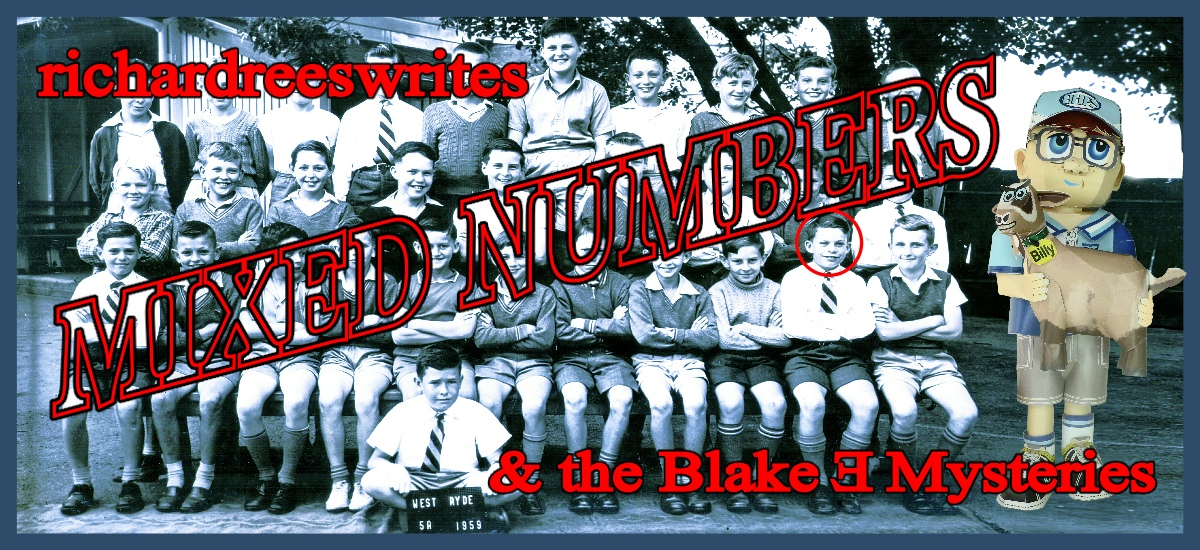A sound night’s sleep has evaded me.
From my bed, I stare through the hotel room window. It’s five-ish as the dawn filters in. (Daylight savings didn’t start till the seventies.) My outlook is the Memorial Hall: its galvanised wall runs the entire length of the pub and an arm’s length away. Duncan and I have no air conditioning, and the steel wall next door has done nothing to dissipate the 880 F overnight heat. (The use of the Centigrade scale for temperature was not introduced in Australia until September 1972. 880 F is 310 C)
Later, after two more hours of broken shut-eye, I shower and head for the dining room.
At breakfast, I share a table with two other teachers: like me, the Department has sent them 400 miles west of Sydney (Australia) to begin their careers in an outback town. From the miss-typed menu, I order the ‘Scrambles Egg’. The kitchen assistant smiles politely but misses my quip. There is no need to hurry as the school is only 100 metres away.
Eight-fifty rolls around. Seated in the staff room, I have completed my organisation for today. For a nineteen-year-old, lesson preparation is not new. My two-year college course included four months of school placements. As one of the final New South Wales Leaving Certificate cohort, I was a whisker under eighteen when starting my first Practice Teaching session.
After Roll Call, Play Practice―yes, Play Practice―begins. My mission―which I must accept―is to extract a dramatic performance from 1B for drama day (1st form is now Year 7). The English Head Teacher claims my potential thespians can master the script he has given me. I sigh: my group has no Barbra Streisand or Charlton Heston to carry the production, and I’m no Ingmar Bergman. Pity help the audience: no teacher college lectures prepared me for these daily fifteen-minute stage rehearsals.
By period three, the building is stifling. As a newbie, I am keen to tackle some practical problems involving areas of simple plane figures. Not all students share my enthusiasm, and it is true that converting between and calculating with inches, feet, and yards is daunting for many.
The room is just a tad anachronistic: obsolete, disused timber lockers cover the back wall, and twenty fixed, double flip-seat desks accommodate my 40 Second Form students (and that’s Year 8). Whilst I haven’t seen this type of seating since primary school, I am nonetheless thankful that furniture noise is non-existent. Roger gives me a wry smile. Maybe I’m paranoid, but I suspect he has blabbed our secret. To wit: I am friendly with his sister from the dental surgery downtown. He digs Smithy in the ribs, and they both giggle.
Period five begins. In the draining heat, I front Third Form (yep, Year 9). This class is the entire year and a mixed-ability group. Besides their three weekly periods, I am allocated three extra lessons with the more capable students. Juggling the content for both groups is a challenging task. Oh, for a breeze to circulate the air.
It’s lunchtime, and the temperature snatches at 1130 F. (1130 F = 450 C) The one-hour break allows some respite as the town quits all activity for a siesta. The school stands deserted as I wander back to the pub for a long lunch.
Due to the extended midday break, my school day doesn’t end till 3:40 pm. Thirty-two, thirty-eight-minute lessons, plus sport, playground duty, and rehearsals, is a demanding week for a clean-skin.
Tea, which is Mum’s word for the evening meal, is at six o’clock sharp. Following the cook’s ‘Steak and Kideney Pie’, I plan to visit the pool: perhaps Roger’s sister will be there.
Later, I will probably wrestle my pillow―again―till daybreak.
‘Teaching kids to count is fine, but teaching them what counts is best.’ Bob Talber American politician, minister, and lawyer.

